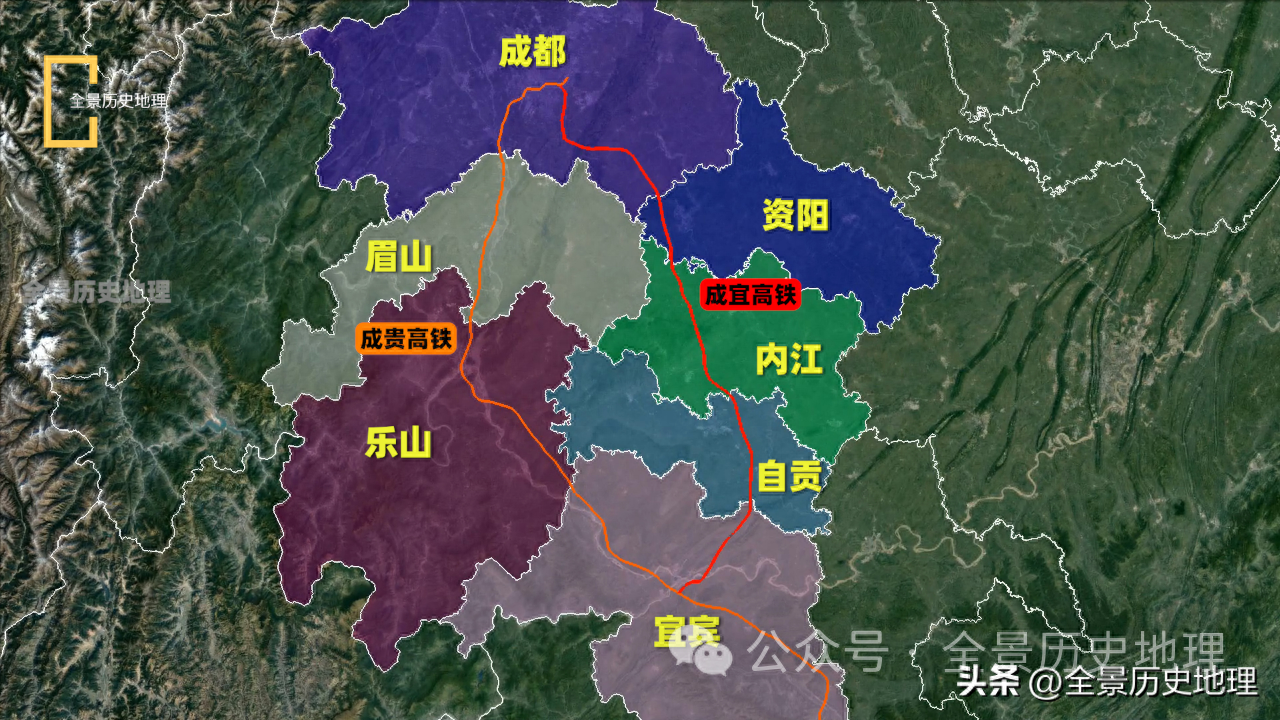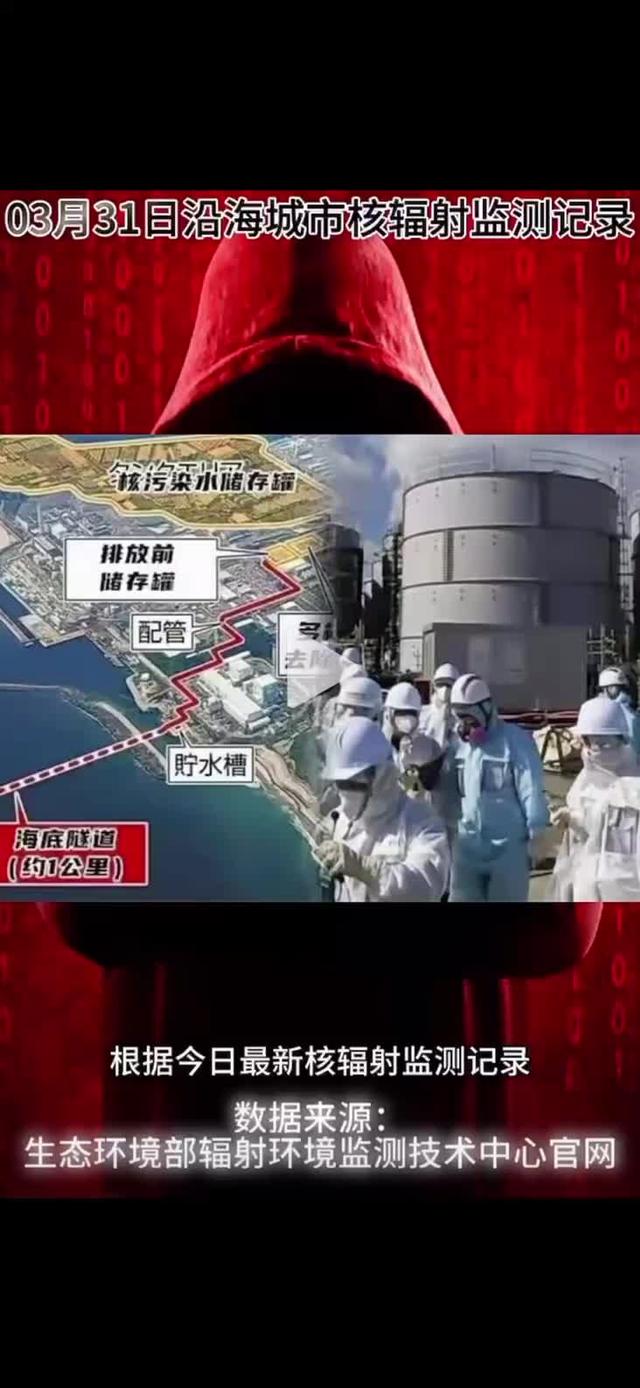Space: A Canvas of Dreams and Sacrifices
Throughout history, humanity has been captivated by the vast expanse of space, drawn not only by its uncharted territories but also by the promise of limitless possibilities. Yet, the boundless cosmos is not merely a stage for starry dreams; it is a formidable testing ground

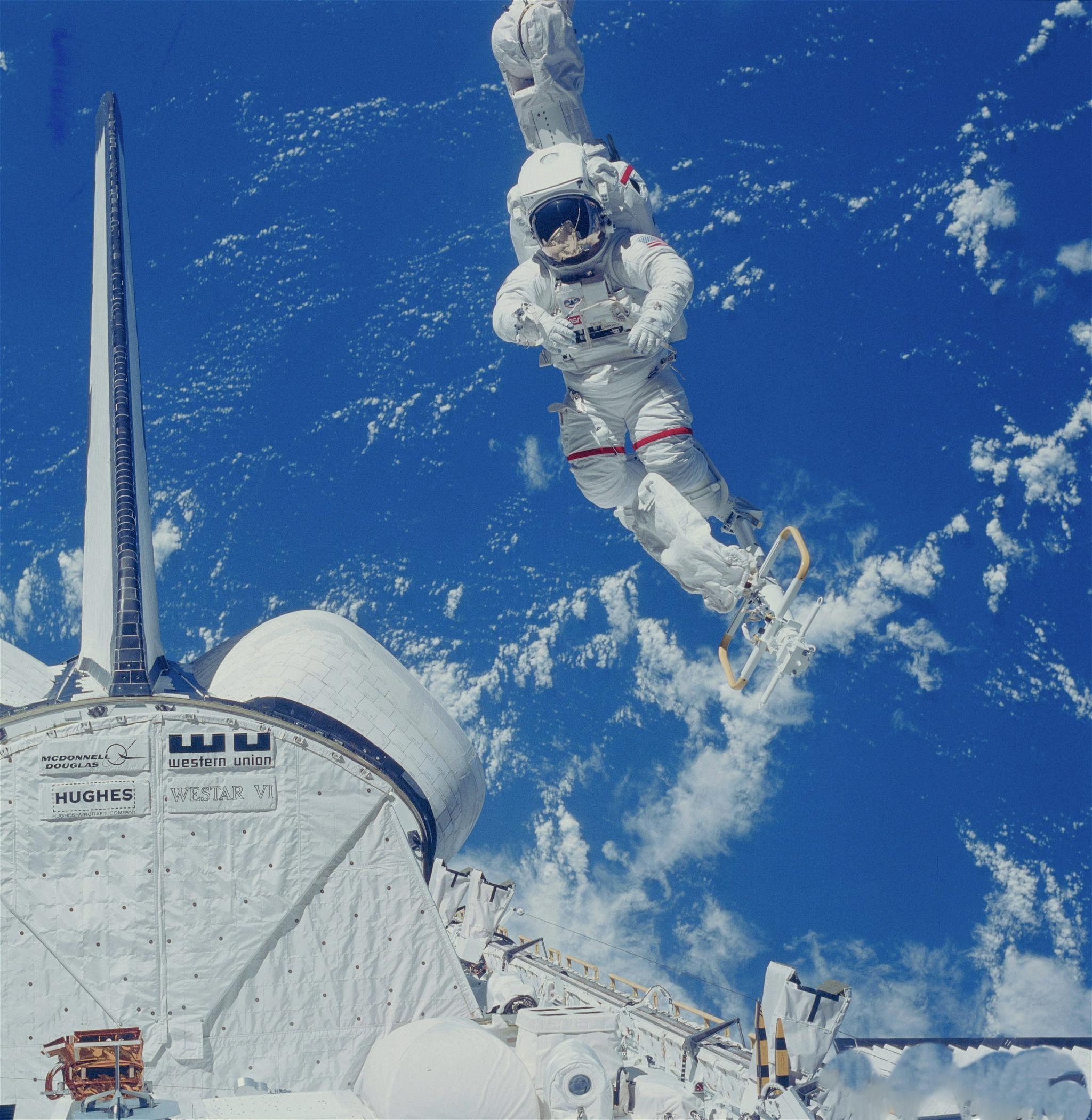
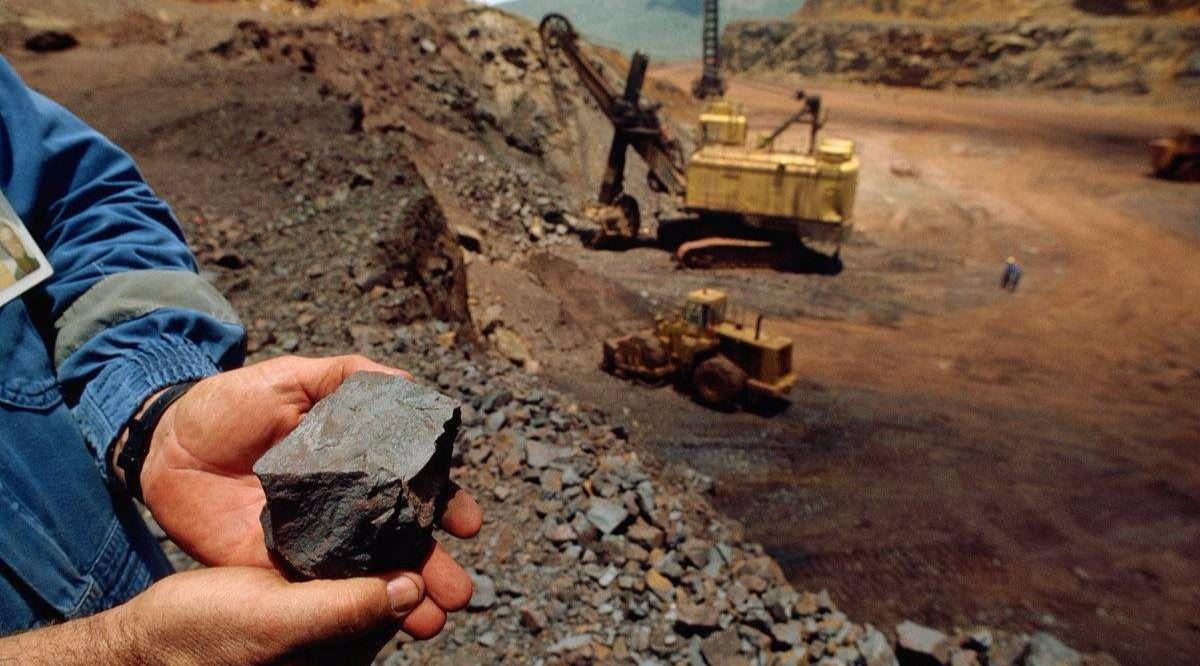

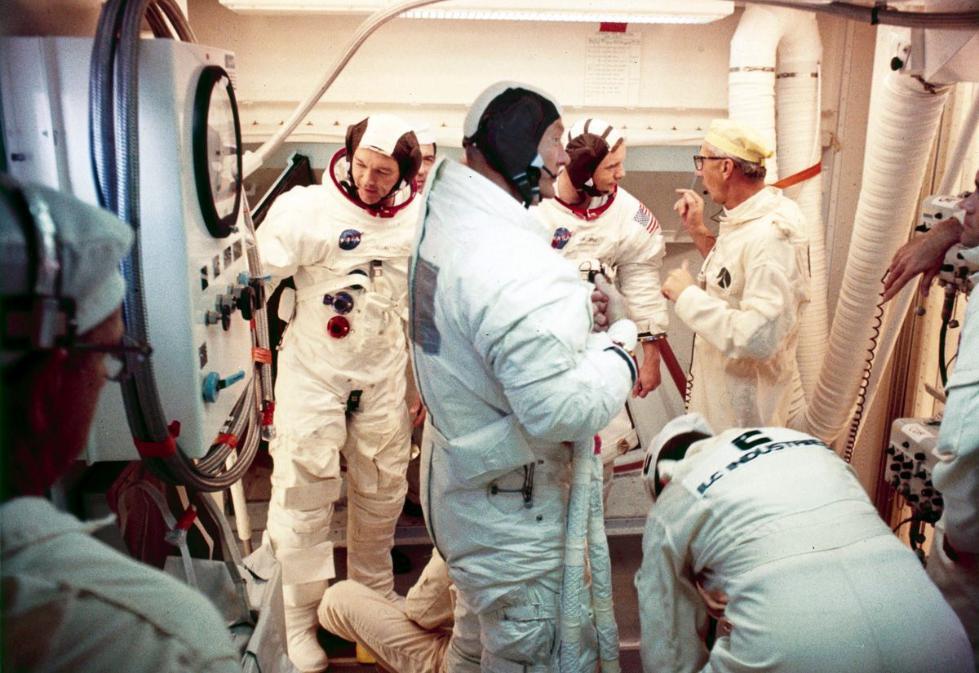

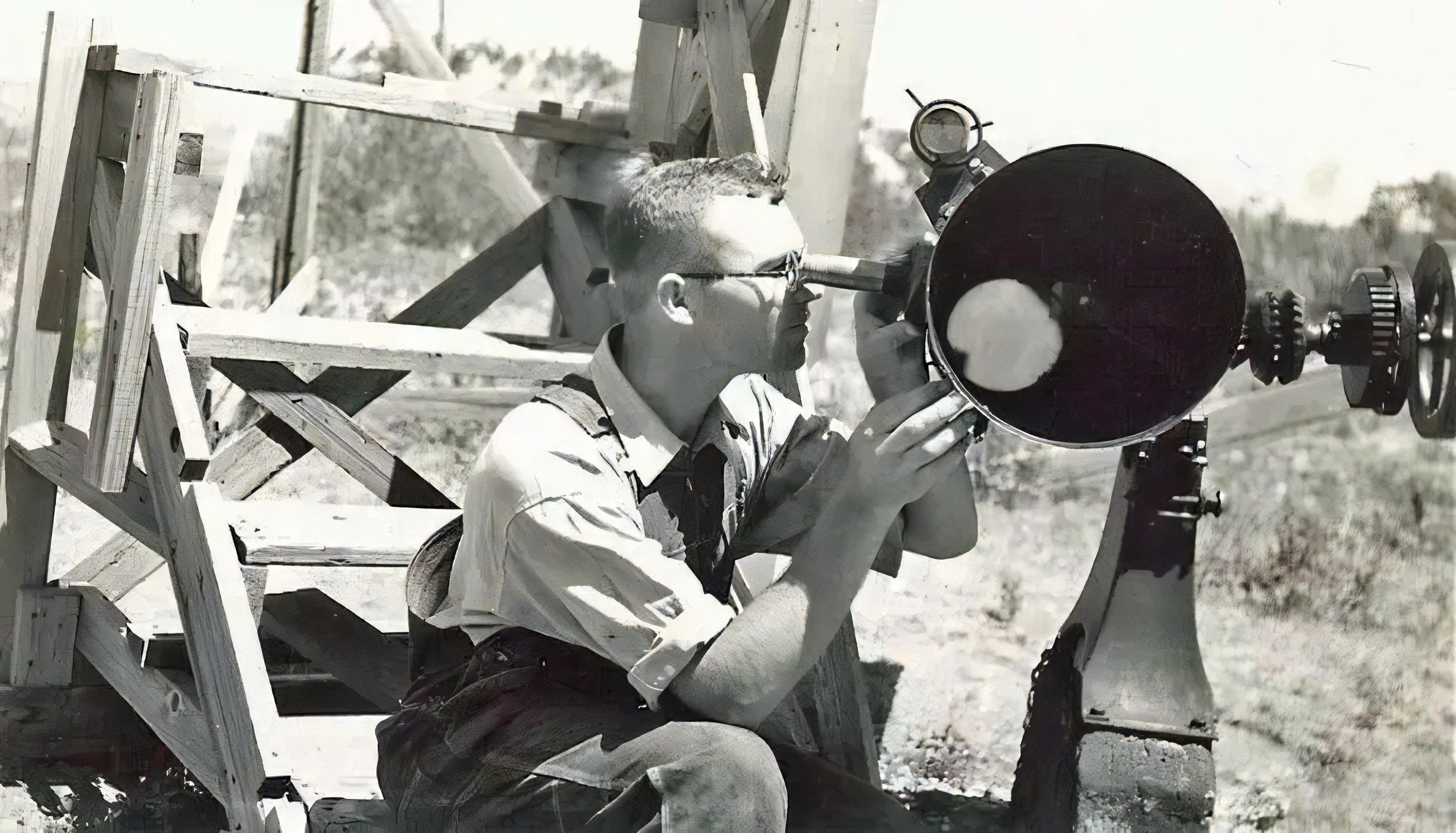
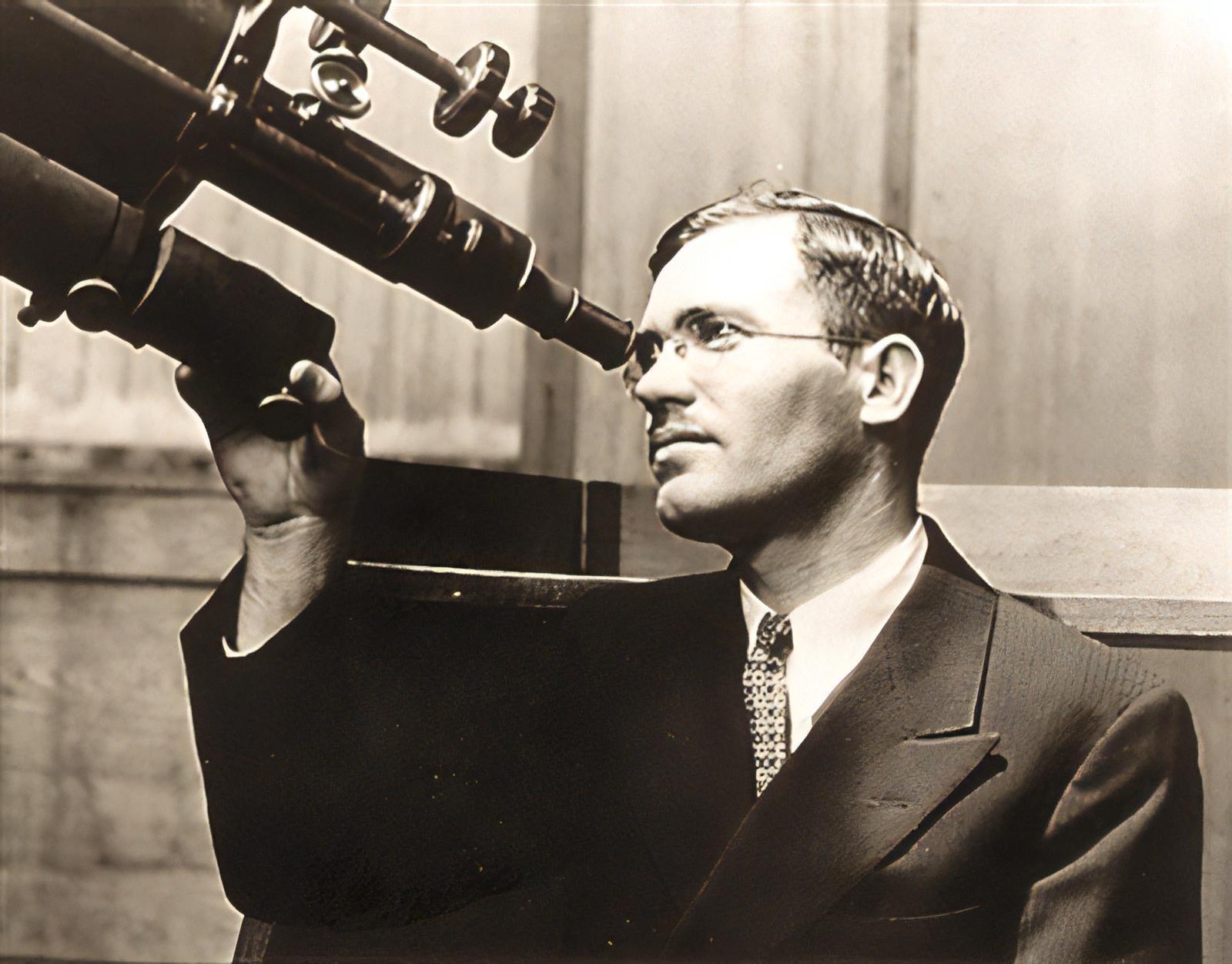
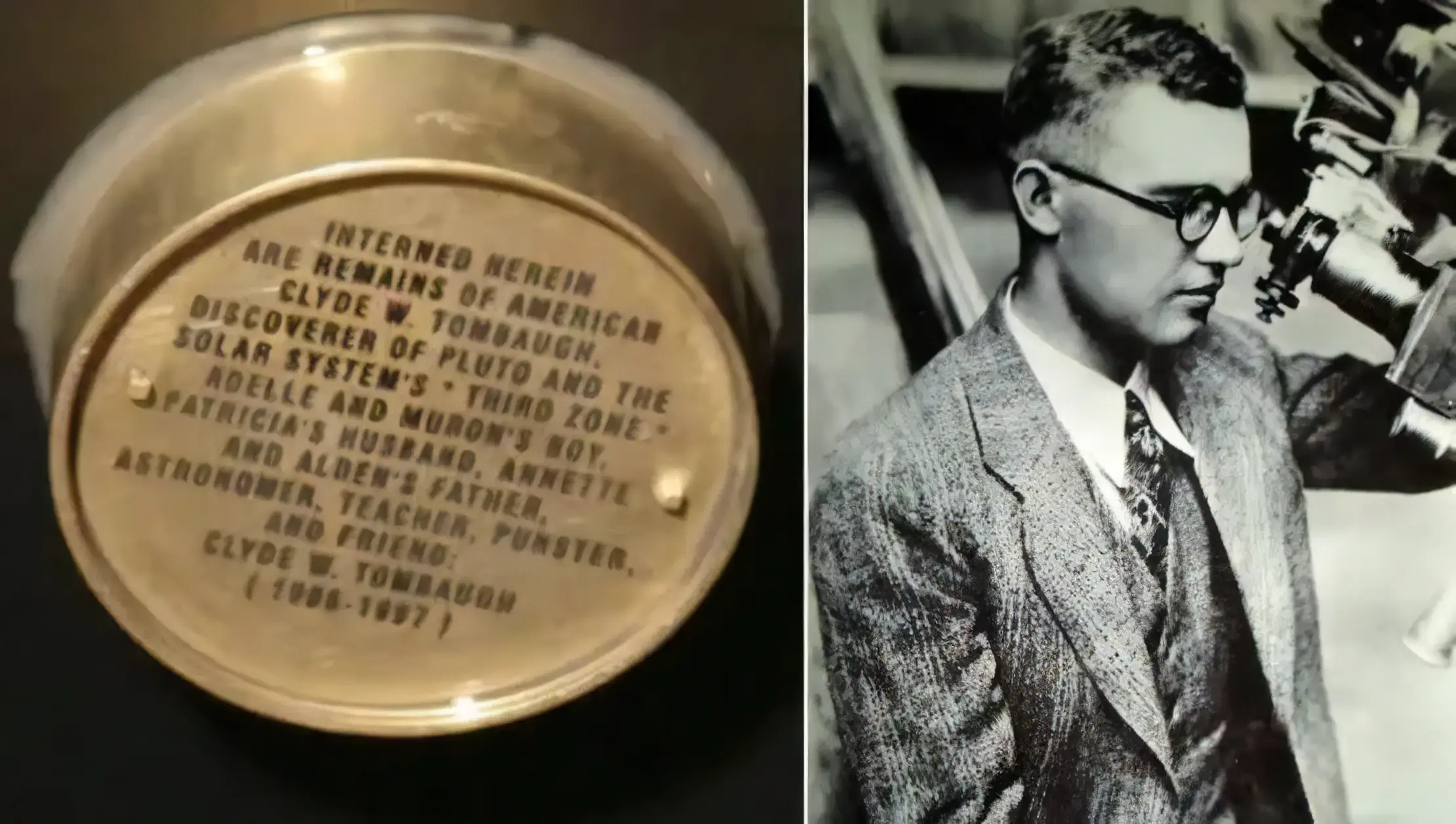
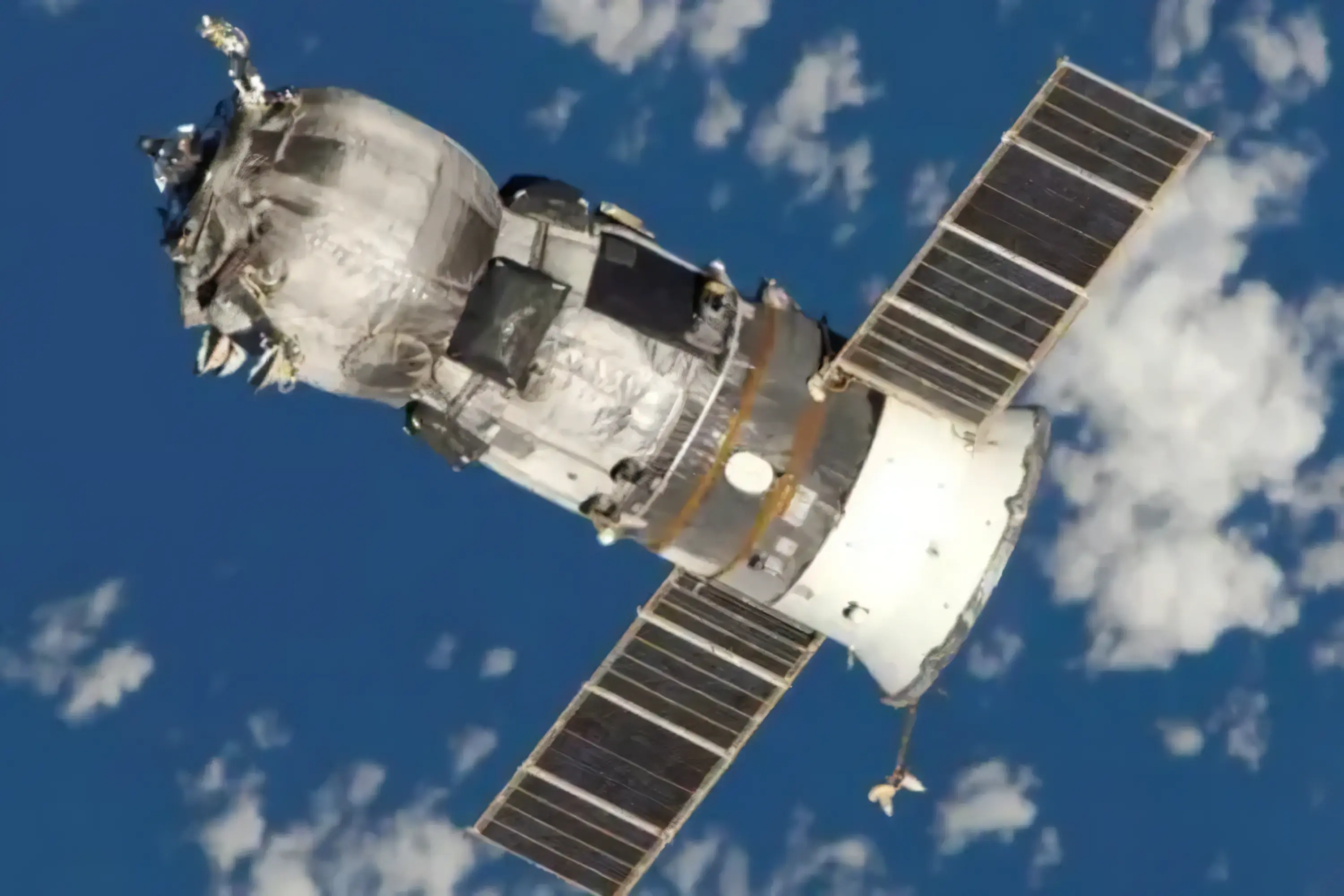
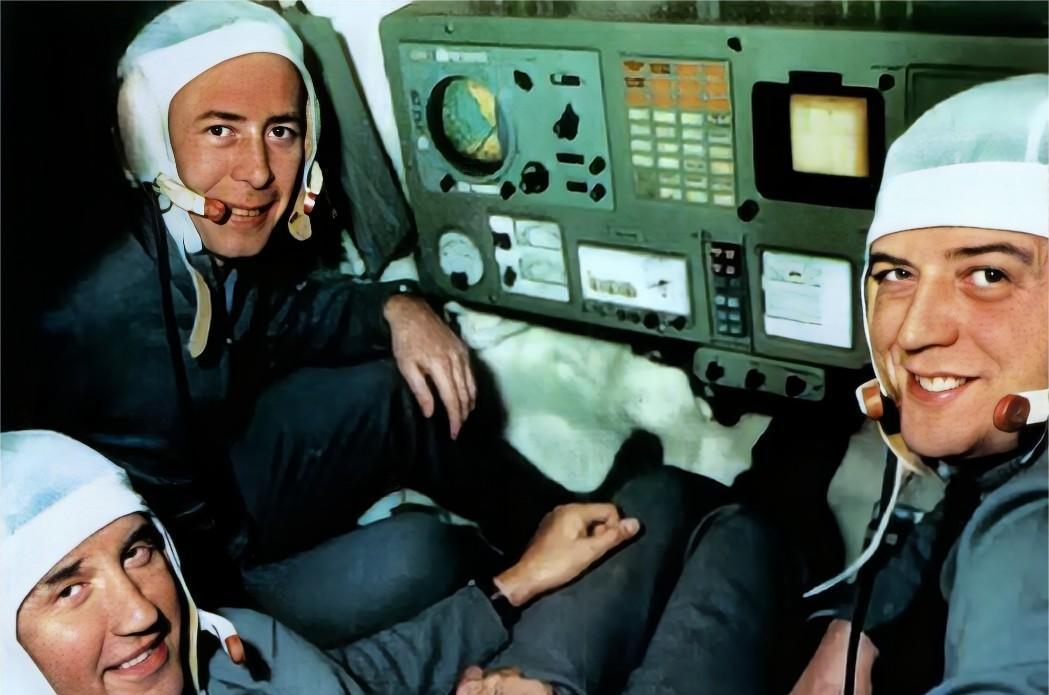
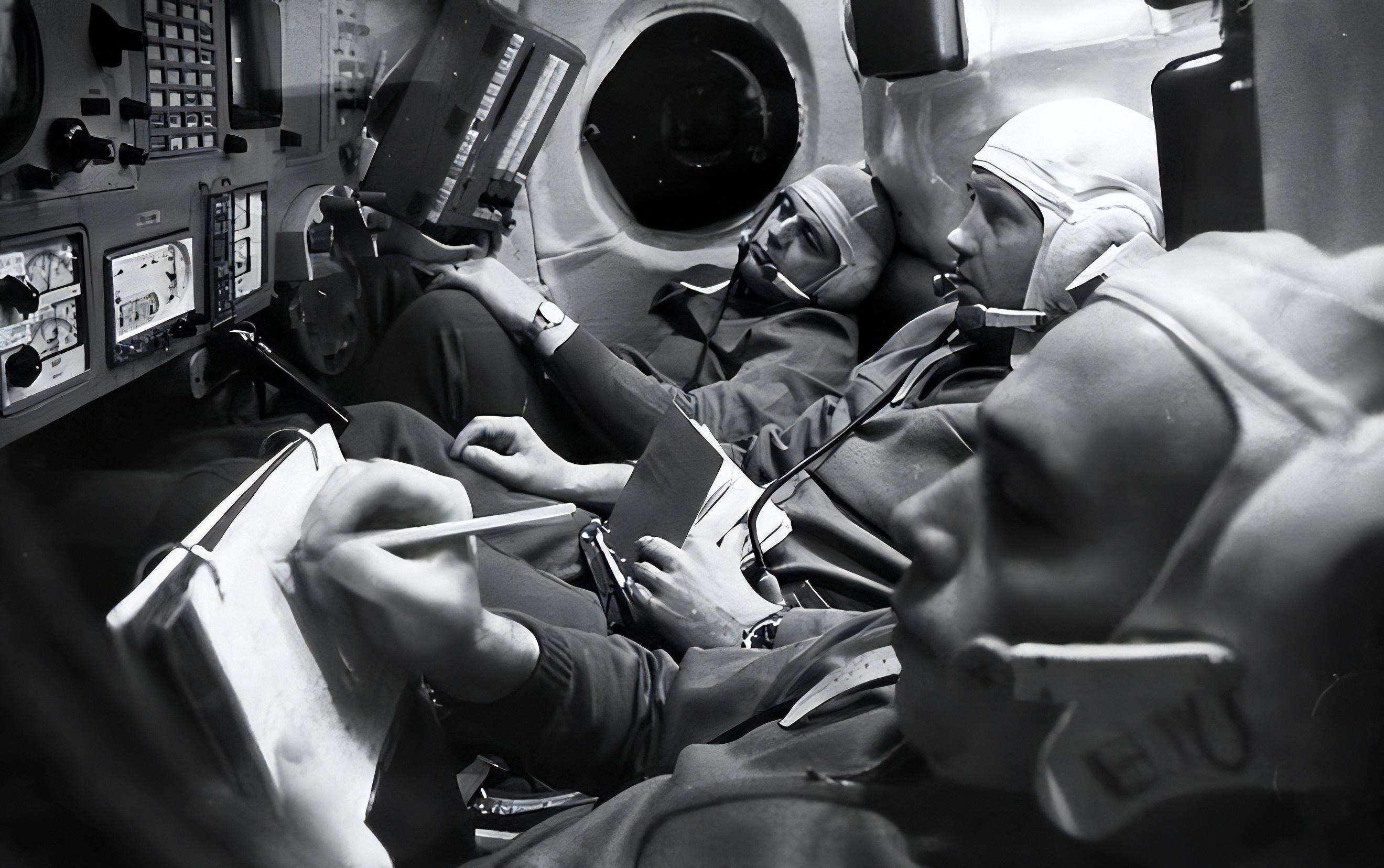
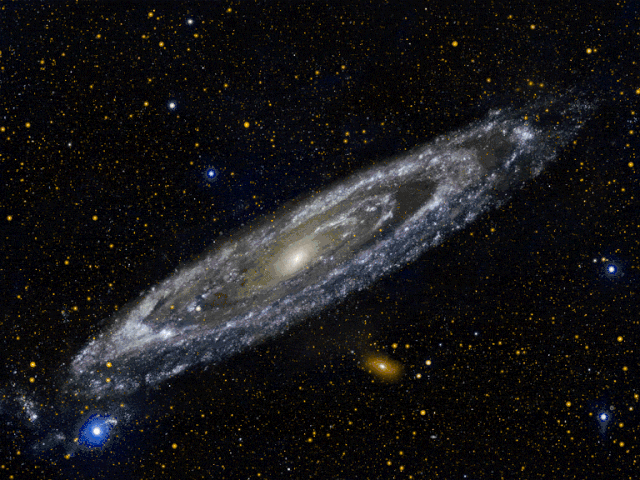
Throughout history, humanity has been captivated by the vast expanse of space, drawn not only by its uncharted territories but also by the promise of limitless possibilities. Yet, the boundless cosmos is not merely a stage for starry dreams; it is a formidable testing ground.
Amongst us, there are heroes who have intertwined their lives with the celestial tapestry, giving selflessly and venturing boldly to weave the extraordinary saga of human space exploration. Some of their remains now soar through the interstellar void, beacons of light guiding future explorers along the path they have illuminated.
A Moonlit Burial
Eugene Shoemaker, the renowned geologist and astrophysicist, embarked on his scientific odyssey in 1950, joining the United States Geological Survey (USGS) to search for uranium deposits in Utah and Colorado. Conventional wisdom at the time held that uranium deposits were predominantly found in the vicinity of ancient volcanic vents.
Shoemaker journeyed to the Barringer Crater, seeking clues to support this theory. The mining engineer who had discovered the crater in 1891, Daniel Barringer, believed it to be the result of a celestial impact, but USGS experts maintained that it was formed by a volcanic steam explosion.
Upon meticulous analysis, Shoemaker discovered that the crater bore striking geological similarities to nuclear bomb test sites. In 1960, he unearthed coesite, a natural mineral typically found 80 kilometers below the Earth's surface and formed under extreme heat and pressure.
The discovery of coesite illuminated the true genesis of the crater. Around 50,000 years ago, an asteroid measuring 40 meters in diameter slammed into the Earth, generating the intense heat and pressure that gave rise to coesite.
Shoemaker's revelations provided invaluable theoretical knowledge to astronauts. He served as Chief Geologist for Lunar Studies during the Apollo 11, 12, and 13 missions, and was even considered for the role of lunar astronaut himself, only to be disqualified due to Addison's disease.
In 1993, Shoemaker and his wife, Carolyn Shoemaker, co-discovered Comet Shoemaker-Levy 9 and predicted its subsequent collision with Jupiter.
Shoemaker's life was tragically cut short in a car accident in 1997. In 1998, NASA honored his extraordinary contributions to geology and space exploration by placing his ashes in a capsule aboard the Lunar Prospector spacecraft, which landed on the lunar South Pole.
Touching the Soul of Pluto
Clyde Tombaugh, the discoverer of the ninth planet, Pluto, was born in Illinois in 1906 but moved to Kansas with his family as a young boy. There, they purchased a large farm, and Tombaugh's childhood was filled with the wonder of stargazing from the open fields.
As he approached college age, a devastating storm wreaked havoc on the family farm, forcing Tombaugh to abandon his studies. However, his passion for astronomy remained undiminished. At the age of 20, he handcrafted a telescope, grinding lenses and assembling it from discarded machinery.
In 1928, Tombaugh constructed a 23-centimeter telescope, which he used to observe Jupiter and Mars, meticulously sketching his findings. Seeking guidance from experts, he sent his observations to the renowned astronomical institution, Lowell Observatory.
The observatory responded in 1929, inviting Tombaugh to participate in the "Planet-X" program, which sought to identify an unknown planet that could explain the discrepancies between Uranus' observed and theoretical orbits.
After painstaking observations and comparisons of countless photographic plates, Tombaugh finally confirmed the existence of Pluto in 1930. Throughout his life, he went on to discover 14 additional asteroids.
Tombaugh passed away at his home in 1997. In 2006, as a testament to his pioneering contributions to astronomical exploration, NASA's New Horizons spacecraft carried a portion of his ashes to distant Pluto, carrying his spirit to the very edge of our solar system.
Fallen Astronauts
During the Cold War, a fierce rivalry drove the United States and the Soviet Union to compete in every conceivable field. In 1971, the Soviet Union launched the first space station, Salyut 1, which orbited 200 kilometers above Earth.
Mere days after the space station's launch, the Soviet Union sent the Soyuz 10 spacecraft to dock with Salyut 1. However, during the docking procedure, a malfunction occurred, and Soyuz 10 had to return to Earth.
On June 6, 1971, after identifying and addressing the cause of the malfunction, the Soviet Union launched Soyuz 11 with three cosmonauts aboard, once again attempting to dock with Salyut 1. This time, the docking was successful, and the cosmonauts entered the space station, conducting various experiments in the fields of medicine and biology.
After spending time aboard the space station, the cosmonauts prepared to return to their capsule on June 29th. On June 30th in the early hours of the morning, the return capsule landed as expected in the Kazakh steppe. But when the ground crew opened the hatch, they were greeted by a sight that would haunt them forever.
Georgy Dobrovolsky, Vladislav Volkov, and Viktor Patsayev, the three cosmonauts, were all dead. During the capsule's descent, as it separated from the orbital module, the capsule's pressure valve accidentally opened, compromising the seal and allowing the cabin's atmosphere to escape.
At the time, the spacecraft was still 168 kilometers above the Earth's surface, beyond the protective cover of the atmosphere. Without spacesuits, the cosmonauts were essentially exposed to a vacuum, and within 30 seconds, they succumbed to decompression and asphyxiation.
Whether it is the scientist toiling away in a laboratory or the astronaut venturing boldly into the cosmos, each individual contributes their own unique piece to the tapestry of human progress and exploration. They are the pioneers of our celestial endeavors, the warriors of the infinite universe, and they deserve our eternal respect.
Their work demands not only courage and perseverance but also an unwavering belief in humanity's future. Because of their dedication and sacrifices, we can dream of one day dancing among the stars, roaming the vast expanse of the cosmos.
Lastly, due to platform regulations, only consistent interactions with my content will qualify
Disclaimer: The content of this article is sourced from the internet. The copyright of the text, images, and other materials belongs to the original author. The platform reprints the materials for the purpose of conveying more information. The content of the article is for reference and learning only, and should not be used for commercial purposes. If it infringes on your legitimate rights and interests, please contact us promptly and we will handle it as soon as possible! We respect copyright and are committed to protecting it. Thank you for sharing.(Email:[email protected])
